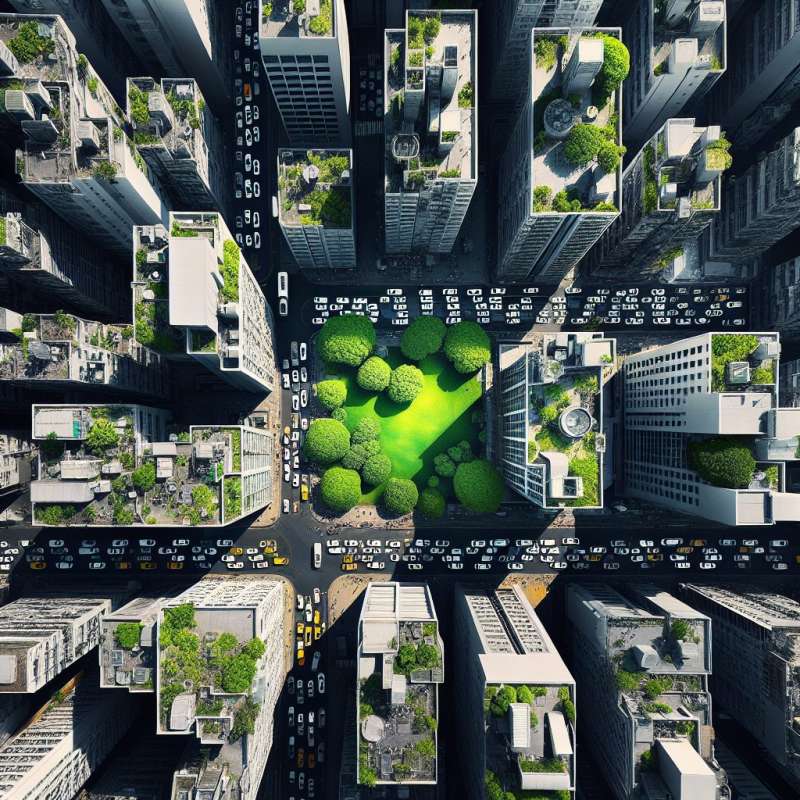
Introduction to Urban Heat
Urban Heat Island (UHI) effect refers to higher temperatures in urban areas compared to rural surroundings. This temperature difference occurs due to human activities, altered land surfaces, and heat generated from buildings, vehicles, and industries.
Causes of UHI
Key causes include the replacement of natural surfaces with asphalt and concrete, which absorb and retain heat. Limited vegetation, heat emissions from vehicles and air conditioning, and densely packed buildings also contribute significantly to the UHI effect.
Unexpected Impact on Rainfall
Did you know that UHI can affect local weather patterns? Research shows that urban areas can experience increased rainfall. The heat generated can lead to more rising air currents, which in turn can enhance cloud formation and precipitation.
Health Risks of UHI
UHI significantly impacts public health, increasing the risk of heat-related illnesses and deaths. Vulnerable populations, such as the elderly and children, are at higher risk. Additionally, higher temperatures can exacerbate air pollution, leading to respiratory issues.
Mitigation Strategies
To combat UHI, cities can implement green roofs, increase urban vegetation, and use reflective building materials. Promoting public transportation and energy-efficient buildings also helps reduce heat emissions, making urban areas more sustainable.Ancient UHI Evidence
Urban heat islands existed even in ancient Roman cities, where stone-paved streets and dense housing caused higher temperatures, similar to modern urban areas.
What is UHI?
Lower temperatures in urban areas
Higher temperatures in urban areas
No temperature difference between areas
Company